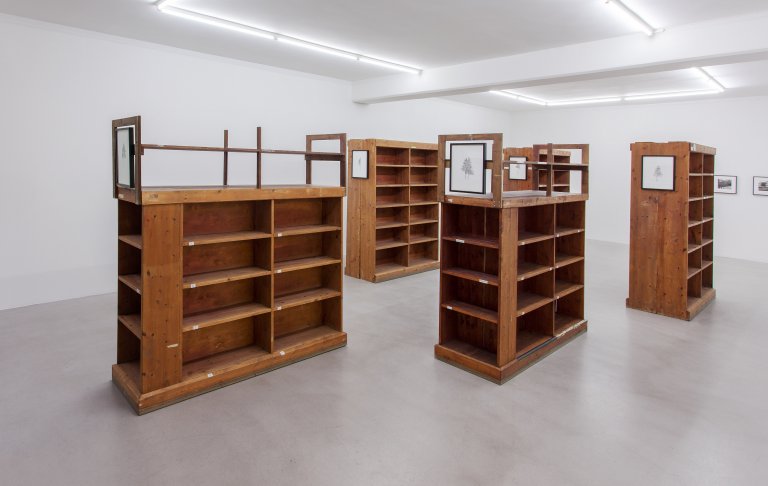
Transmigration (Gestapohuset, Svolvær, Lofoten, NO), 2013, 2 bookshelves: 200 x 200 x 61 cm each, 3 bookshelves: 210 x 168 x 55 cm each, 5 pencil drawings on paper: 42 x 32 cm each (framed).
Ann Böttcher »Transmigrations (Bookshelves, a cannon emplacement and a Mercedes)«
Stockholm, November 14, 2014 - December 20, 2014
Ann Böttcher’s first exhibition at Galerie Nordenhake in Stockholm originates in a project originally made in the town of Svolvær, northern Norway, for the Lofoten International Art Festival in 2013. The exhibition constitutes an ongoing archeology, unfolding in present time and absorbing new episodes.
Böttcher’s participation in LIAF became deeply entwined in her research and response to the history of Lofoten which had a strategically important position in the German occupation of Norway during the Second World War. While there the curator, Eva González-Sancho, introduced Böttcher to the founder of the Lofoten War Memorial Museum, William Hakvaag. The two works she produced, a textile work and a series of drawings, derive from Hakvaag’s stories about the local history of Svolvær and the German occupation during the years of 1940-45.
Böttcher handmade two wall-mounted textiles - one woven, one crocheted - composed as an abstraction of a nearby cannon emplacement. Hanging in the War Memorial Museum, the textiles acted as a portal for the ghosts said to haunt the building. The local library was the site of Böttcher’s other work. Through the windows of the library one could look out over the surrounding spruce trees and a white building that Böttcher discovered had been the former Gestapo headquarters. Returning to Canetti’s famous “Masse und macht” (1960), in which the author likens the German masses to a marching forest, Böttcher drew “portraits” of the trees. For her the trees suggested the figures of soldiers from the neighbouring old Gestapo building. She presented the drawings on the short end of the library bookshelves.
Soon the library will relocate. The surrounding spruce trees were pruned of their branches, then finally cut down. The former Gestapo house returned to apartments after the war. Flux and movement prevail.
In the gallery space in Stockholm the “original” elements of the shelves and the carpets are relocated. The resettlement of the shelves is another instance in their journey. Coming from the harbour-town of Svolvær, like ships themselves, they appear momentarily inanimate in a static migration, the tree figures on their prows. Interspersed with the shelves are photographs of the former Gestapo headquarters. One shows a white Mercedes parked outside. Taken in the 1980’s, this photograph represents a touchstone between the building’s past and it’s future.
Some changes Böttcher researches and documents, some she witnesses, others she initiates. By interweaving source material in the form of photographic documentation, new material from recent site visits and self-authored texts, Böttcher introduces herself into the open-ended narrative. New events connect with historical ones and bring the story into the present.
Ann Böttcher was born in 1973 in Bruzaholm, Sweden. She currently lives and works in Malmö. Her work is currently exhibited at Magasin III in The Drawing Room. Recently she participated at the EVA International Biennial, Limerick, Malmö Konstmuseum, Malmö (2014), Bonniers Konsthall, Stockholm, and the Lofoten International Art Festival, Svolvær (2013). Her solo exhibitions include "Der Umgang mit Mutter Grün", Galerie Nordenhake, Berlin, "The Entrance to the Sanatorium", INDEX, Stockholm (2007), "The 1st at Moderna" at the Moderna Museet, Stockholm (2006). She has participated in group exhibitions at venues including Liljevalchs, Stockholm, Lunds konsthall, Lund, Museum de Fundatie, Zwolle (2011), Malmö Konstmusem, Malmö, Magasin III, Stockholm (2010), Nationalmuseum, Stockholm, WUK - Kunsthalle Exnergasse, Vienna (2009), Kunsthal Charlottenborg, Copenhagen, ZKM, Museum für Neue Kunst, Karlsruhe (2008), Moderna Museet, Stockholm, P.S. 1 MOMA, New York, Gallery Murray Guy, New York (2006), the Museum of Contemporary Art, Zagreb (2004), Magasin III, Stockholm, and Centre Culturel Suédois, Paris (2003).
Transmigration (Gestapohuset, Svolvær, Lofoten, NO) (Text, PDF 85kB) Mercedes (Kjell Ove Storvik, 1982) (Text, PDF 82kB) Transit Portal (The War Museum/Svinøya, Svolvær, Lofoten, NO) (Text, PDF 84kB)

Transmigration (Gestapohuset, Svolvær, Lofoten, NO), 2013, 2 bookshelves: 200 x 200 x 61 cm each, 3 bookshelves: 210 x 168 x 55 cm each, 5 pencil drawings on paper: 42 x 32 cm each (framed)
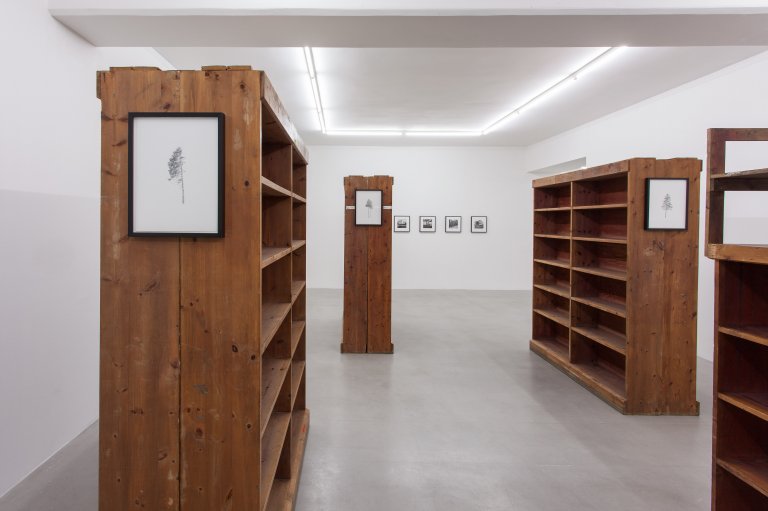
Transmigration (Gestapohuset, Svolvær, Lofoten, NO), 2013, detail
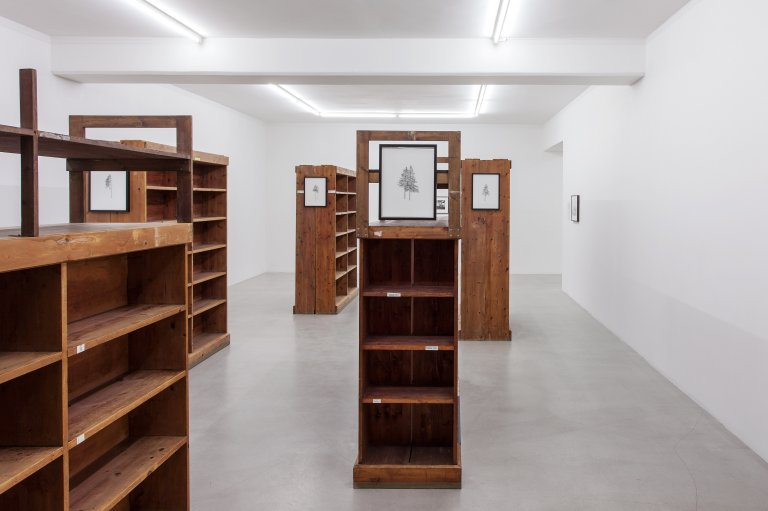
Transmigration (Gestapohuset, Svolvær, Lofoten, NO), 2013, detail
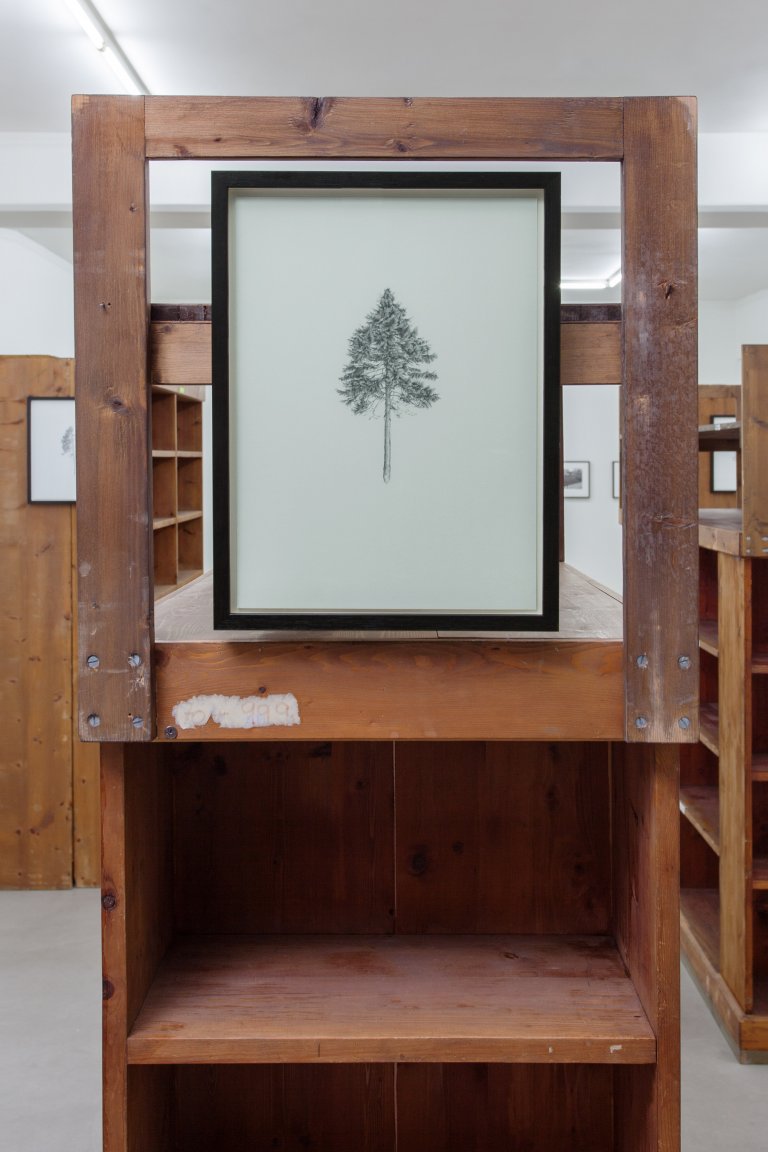
Transmigration (Gestapohuset, Svolvær, Lofoten, NO), 2013, detail
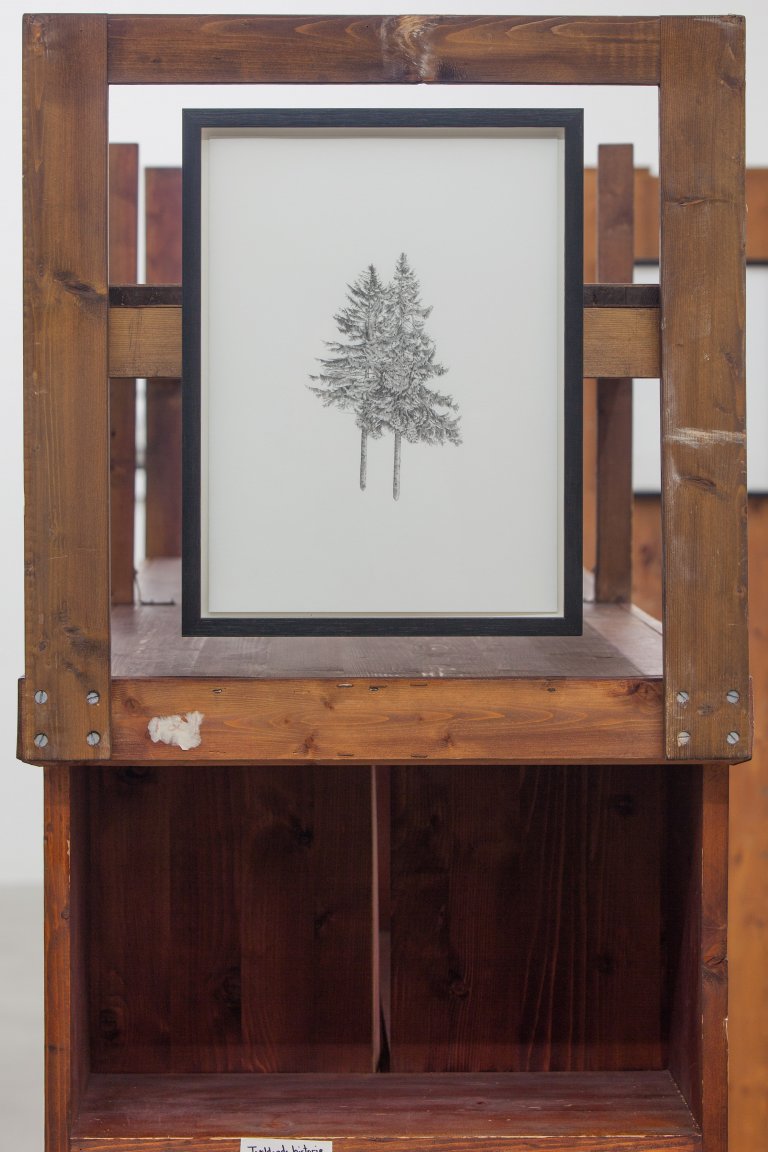
Transmigration (Gestapohuset, Svolvær, Lofoten, NO), 2013, detail
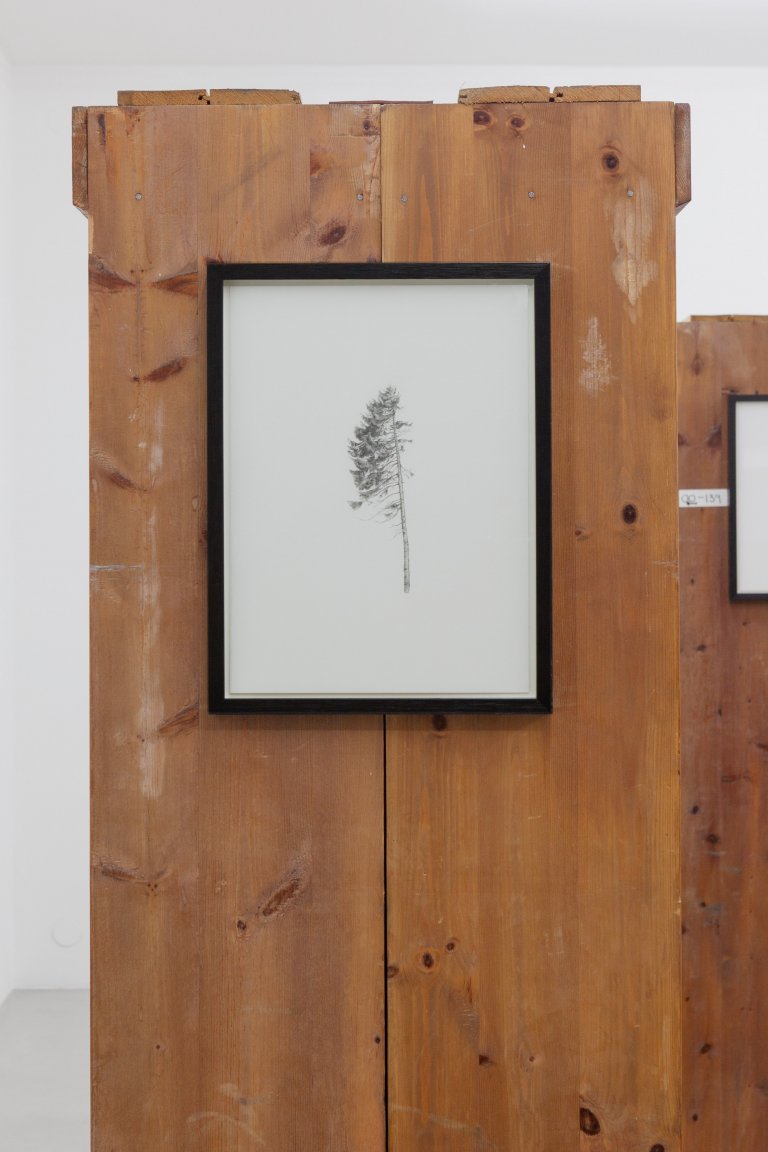
Transmigration (Gestapohuset, Svolvær, Lofoten, NO), 2013, detail
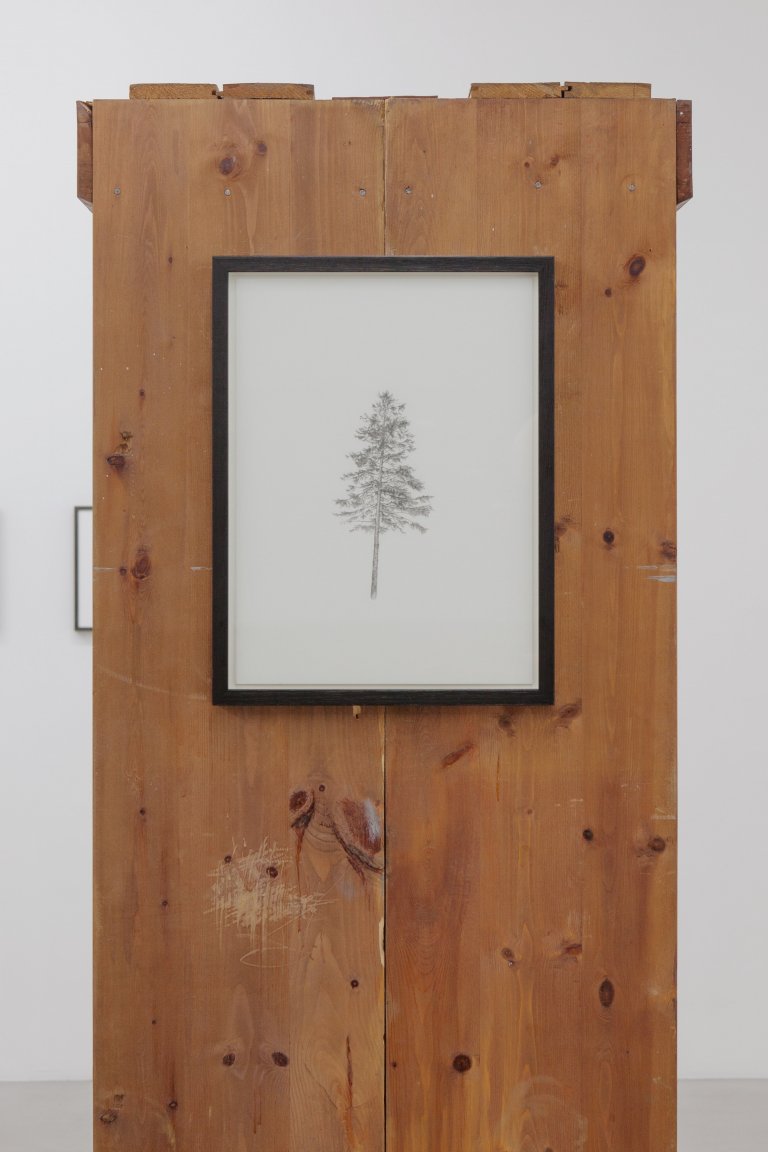
Transmigration (Gestapohuset, Svolvær, Lofoten, NO), 2013, detail
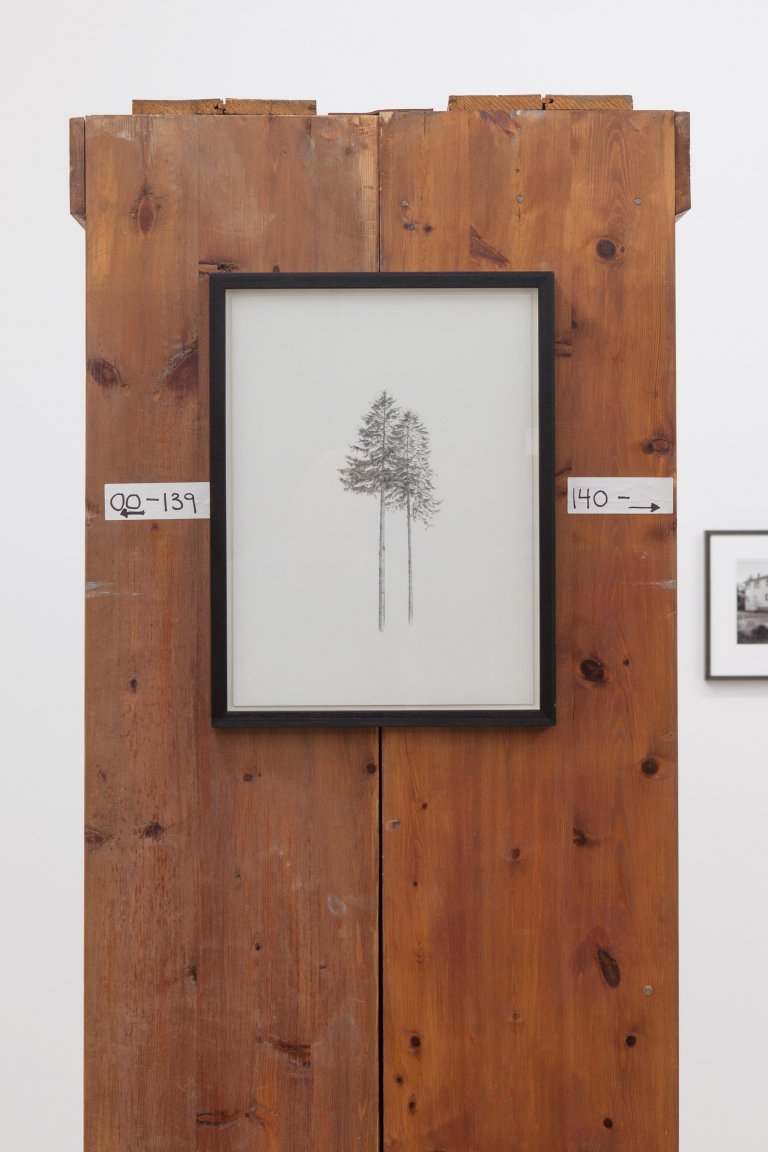
Transmigration (Gestapohuset, Svolvær, Lofoten, NO), 2013, detail
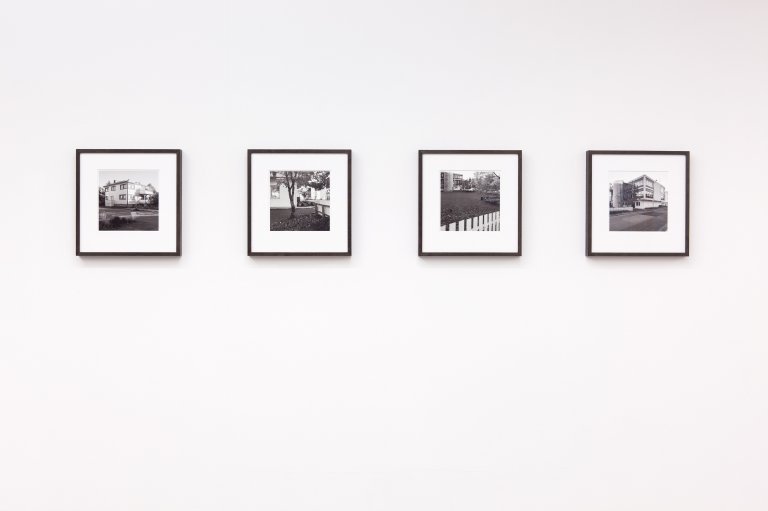
Returning to Svolvær, October 2014 (The Tree Trunks), 2014, pigment print, 4 photographs: 36 x 36 cm each (framed)
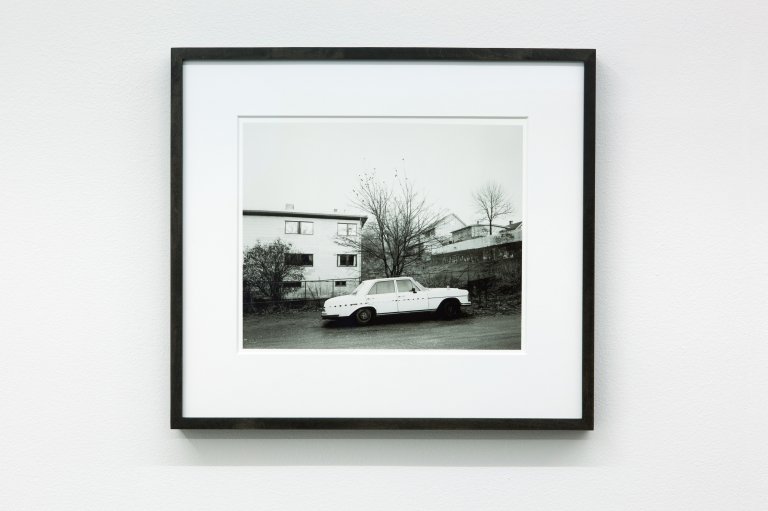
Mercedes (Kjell Ove Storvik, 1982), 2014, pigment print, 41.5 x 46 cm (framed)
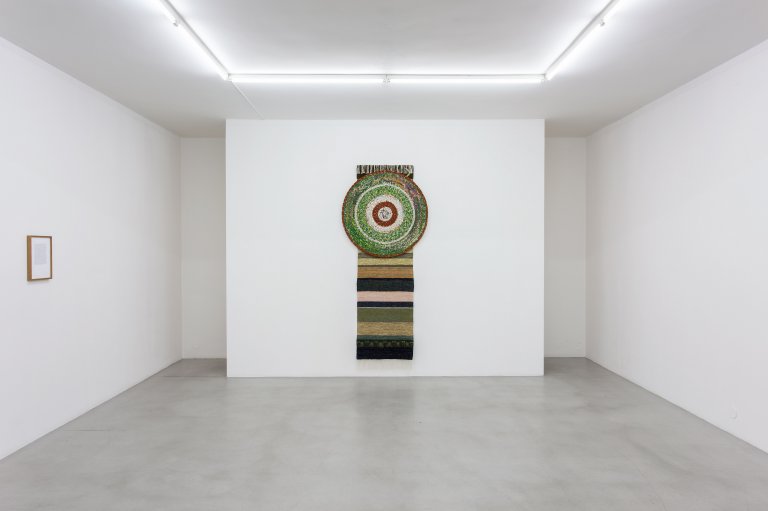
Transit Portal (The War Museum/Svinøya, Svolvær, Lofoten, NO), 2013, Cotton, wool, MDF-board and metal suspencion device: 70 x 256 Ø 110 cm, C-print: 38 x 27.5 cm (framed), xerox print of Letter from William: 38 x 27.5 cm (framed)
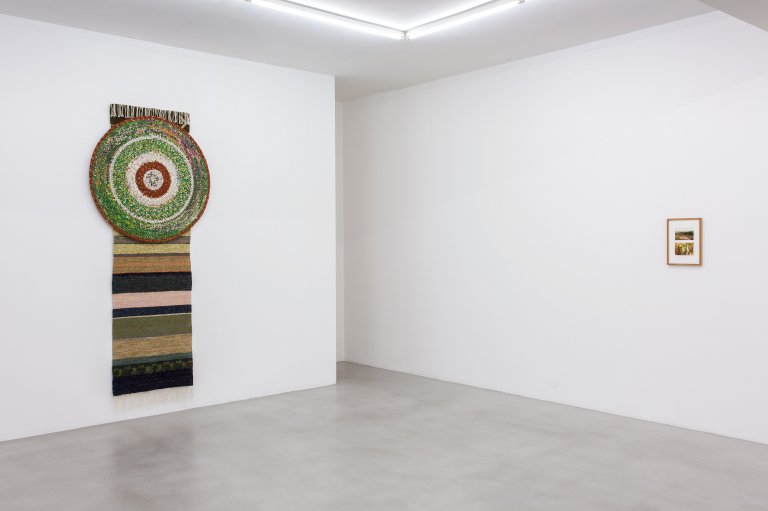
Transit Portal (The War Museum/Svinøya, Svolvær, Lofoten, NO), 2013, Cotton, wool, MDF-board and metal suspencion device: 70 x 256 Ø 110 cm, C-print: 38 x 27.5 cm (framed), xerox print of Letter from William: 38 x 27.5 cm (framed)
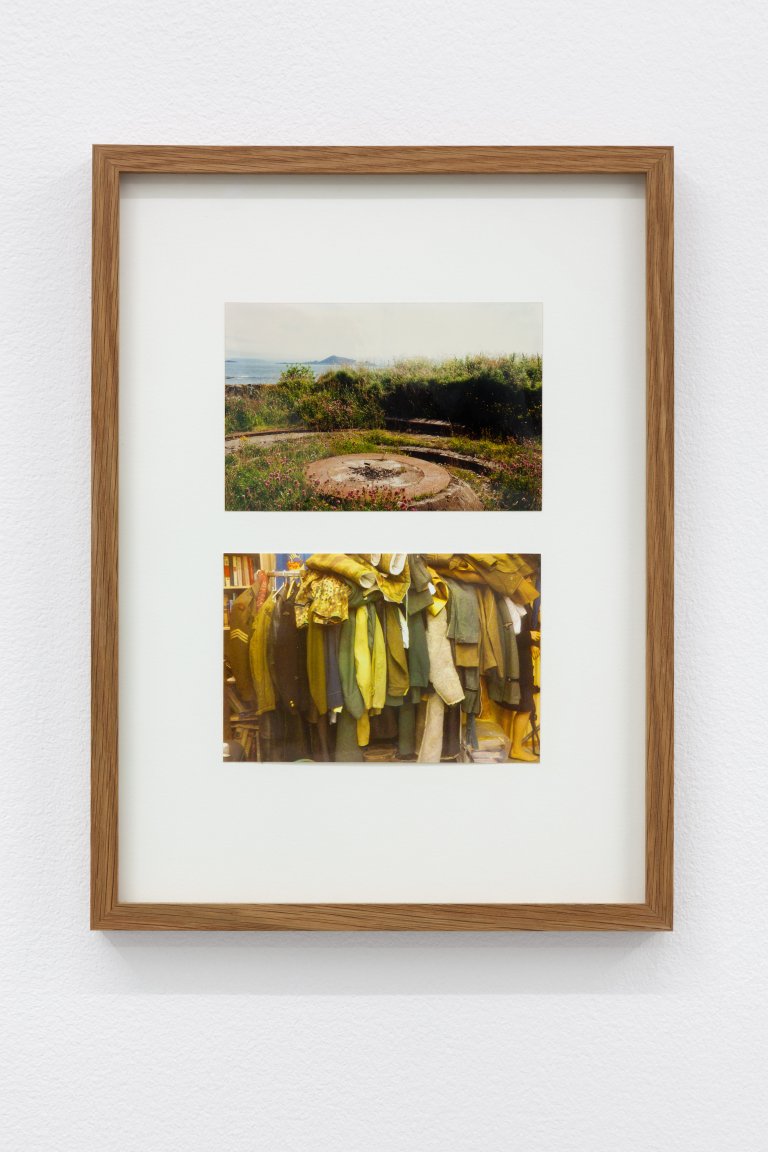
Transit Portal (The War Museum/Svinøya, Svolvær, Lofoten, NO), 2013, detail
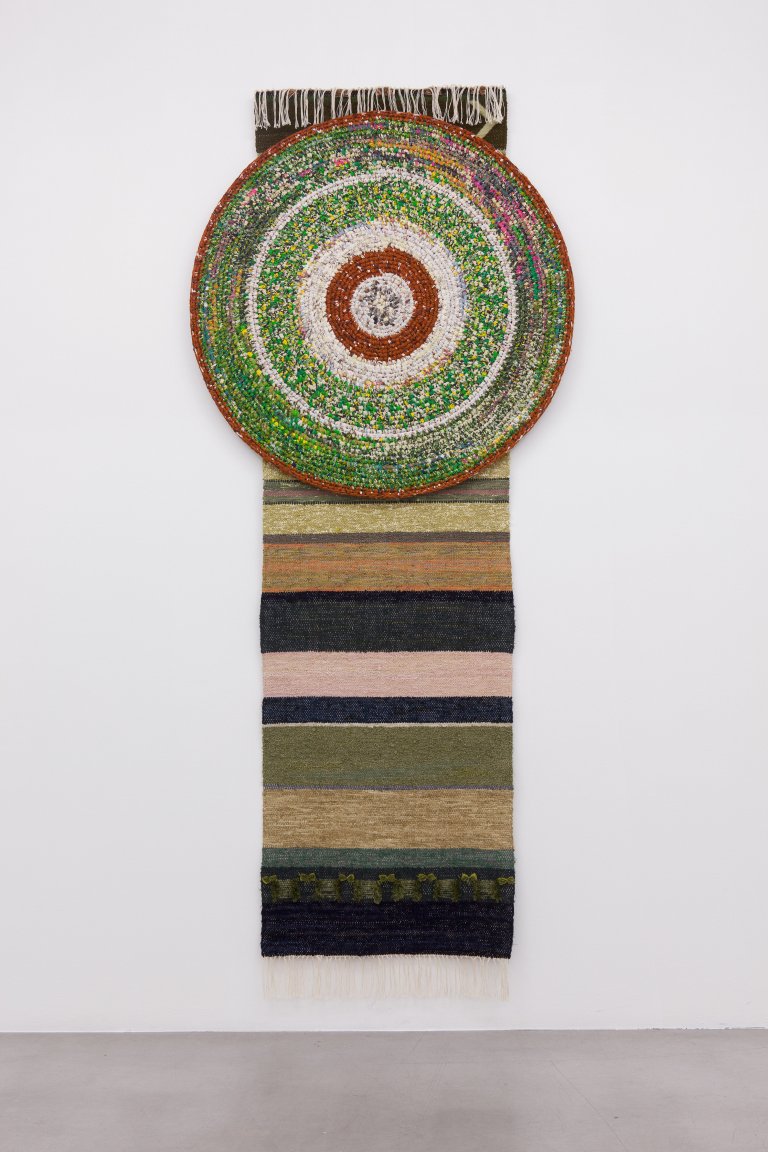
Transit Portal (The War Museum/Svinøya, Svolvær, Lofoten, NO), 2013, detail
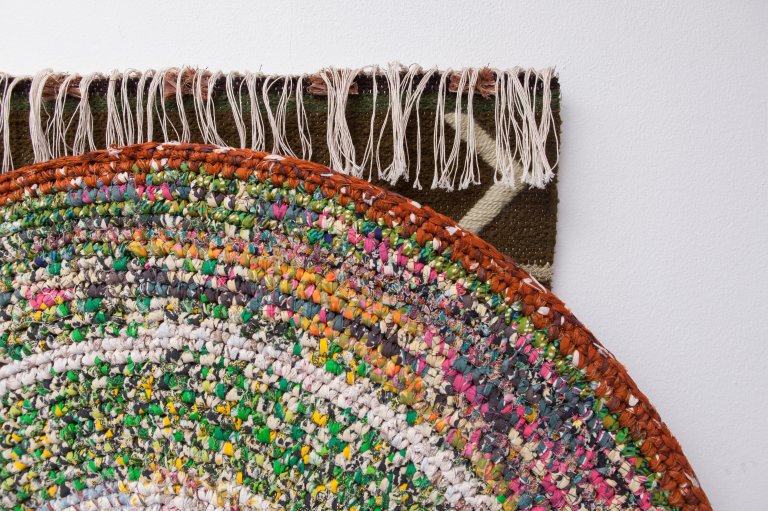
Transit Portal (The War Museum/Svinøya, Svolvær, Lofoten, NO), detail
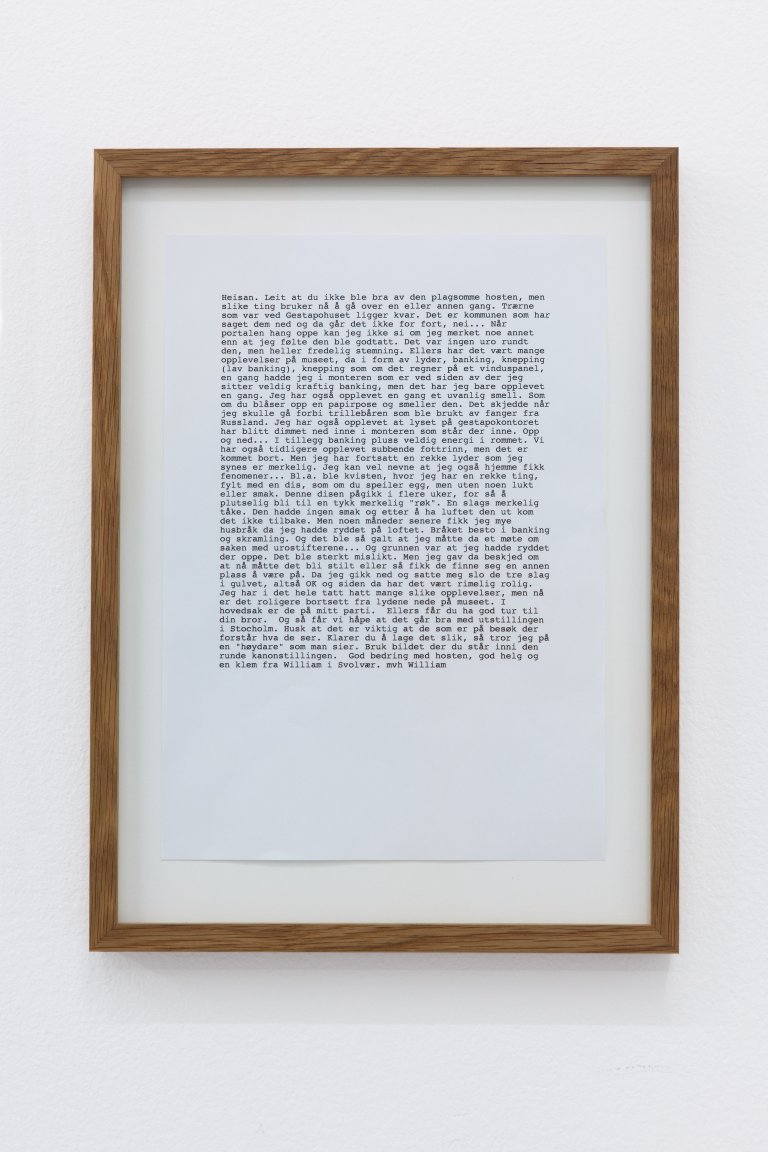
Letter from William, 2014, Xerox print, 38 x 27.5 cm (framed),